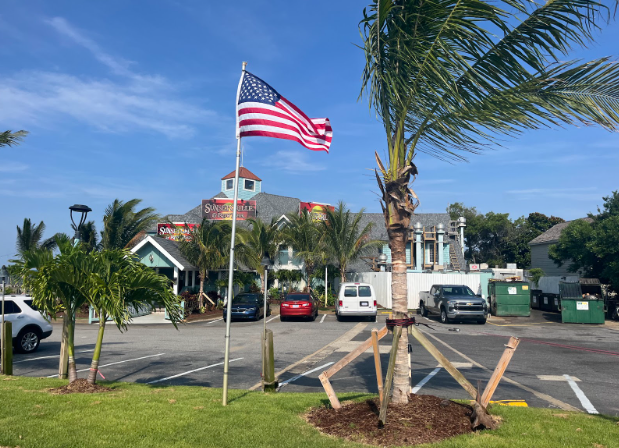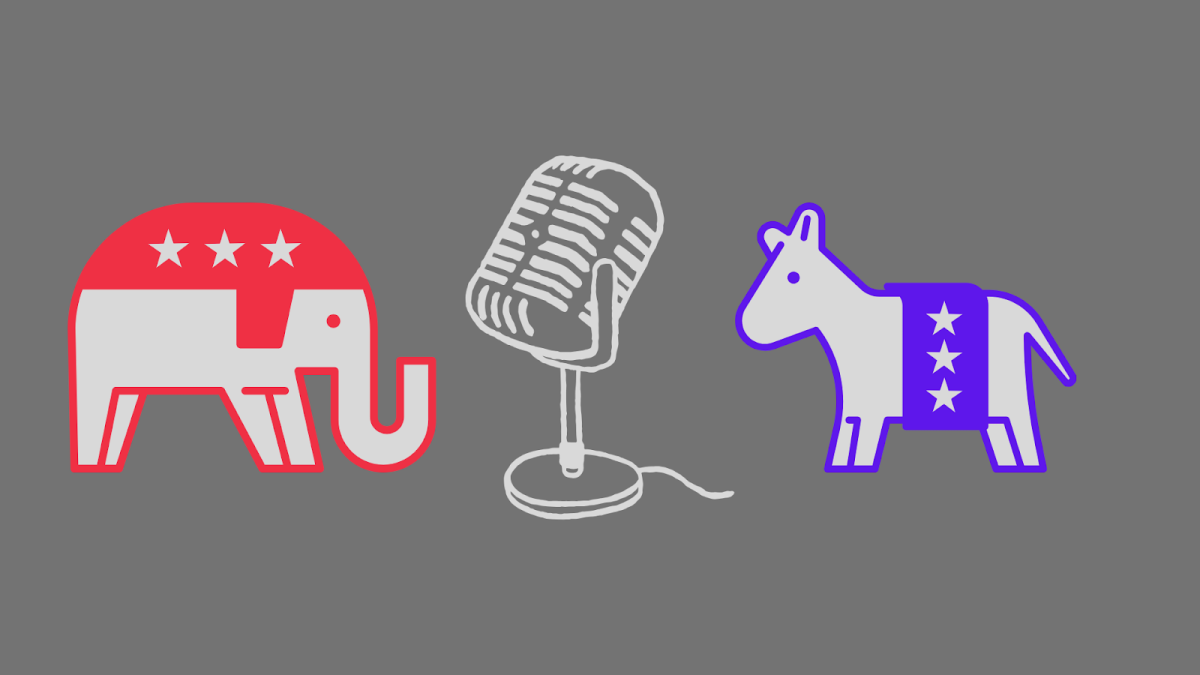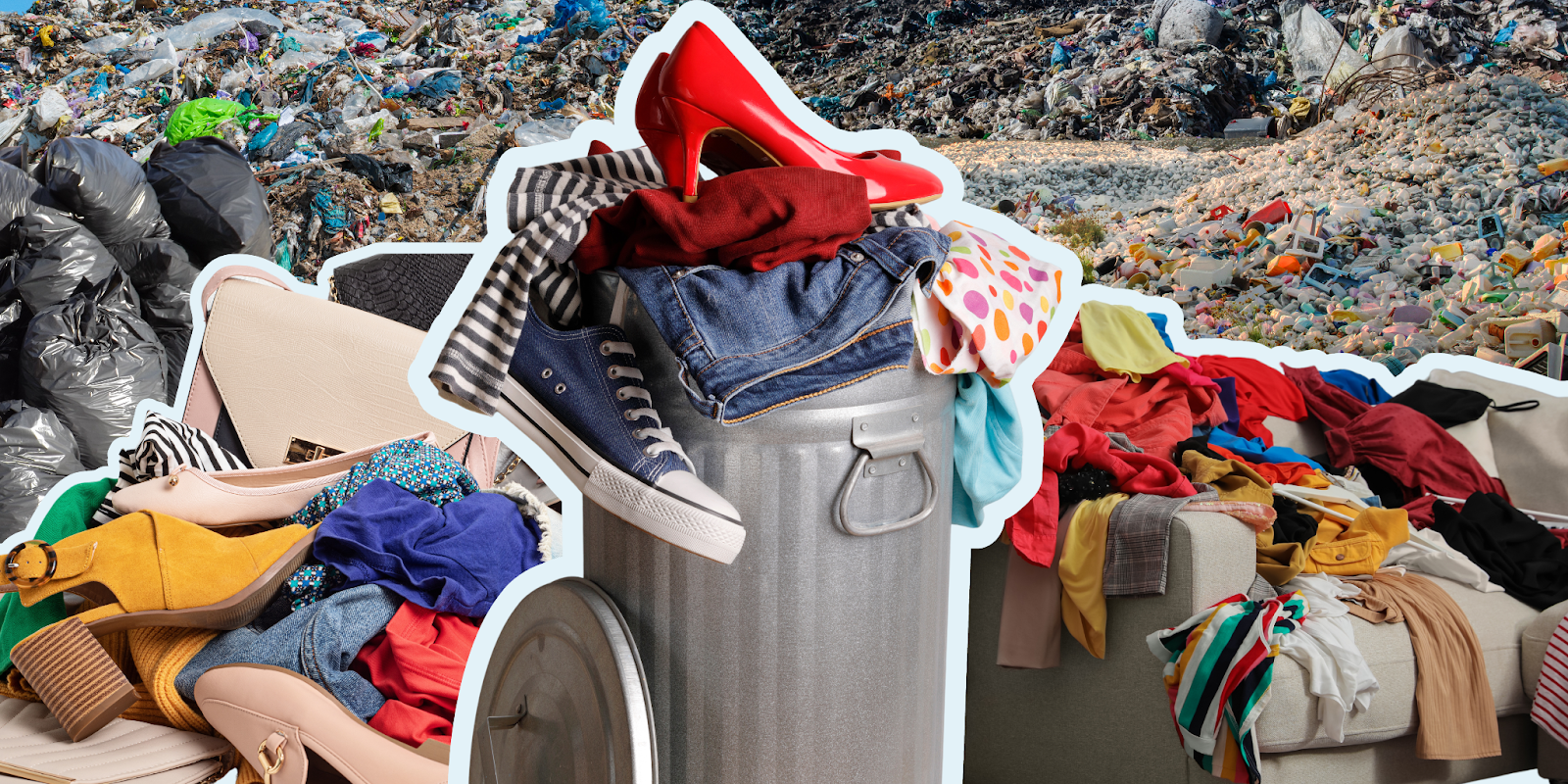According to the 2015 documentary “The True Cost,” 80 billion pieces of clothing are purchased each year. This pattern of rapid-fire consumption has become a way of life for many, especially with the rise of fast fashion brands and influencer marketing, which leads directly to environmental pollution,
The fast fashion industry and microtrends
Over the last few decades, the fashion industry has switched to a new way of production: fast fashion. Previously, clothing brands would release only two collections per year one for fall/winter apparel and one for spring/summer clothing. However, as trend cycles started to speed up in the 90s, fast fashion production model began. Today, over 52 “microseasons” or mini-collections influenced by niche trends are released each year. Vogue described the fast fashion production model as, “quickly produced trends sold at low price points.” The low prices and trendy, stylish looks get customers to flock to their store or website.
Once a style or an item begins to trend, fast fashion companies like Zara, Shein and H&M companies mass-produce new clothes and designs in hardly any time, selling them for substantially lower prices. Within hours of a product dropping, eager customers flock to the store to buy it, and suddenly everyone is wearing that item. Within months of the product’s release people start to find it tacky, and slowly, people will have thrown it to the side to make room to buy into the newest trend.
While this rapid cycling of trends seems unimportant, this habit of fad-fueled consumption poses numerous waste and pollution problems to the environment. To keep up with the fast-paced trend cycles and to sell products for such low prices, companies resort to using cheap, poor-quality materials such as polyester, synthetic toxic dyes and harmful metals, which are polluting to the environment. If a customer doesn’t get rid of fast fashion clothes because it goes out of style, odds are, they got rid of it because it ripped or has become flawed because of the piece’s poor quality. Either way, clothes bought from fast fashion brands usually end up in landfills soon after they are purchased. In 2018, 11.3 million tons of textiles were landfilled according to the EPA. Most of this waste can be attributed to rapid trend cycles and frequent disposing of clothes due to worsening fabric quality. Although the EPA has not released a more recent estimate, it is almost guaranteed to have continued to skyrocketed with the growing prevalence of fast fashion and social media advertising.
The rise of influencer marketing
For most people, outfit-of-the-Day (OOTD), shopping hauls and get-ready-with-me (GRWM) videos are a part of the everyday social media experience. A Pew Research survey found that 72% of people ages 18 to 29 follow influencers and 39% of respondents say these influencers impact what they buy. While social media videos of people showing their outfits or promoting a new product seems harmless, these videos are one of the main sustainers to the fast-fashion industry— and subsequently, environmental pollution.
With feeds being flooded with influencers’ videos, viewers are bound to come across products that interest them. After just one video like or save, the algorithm suggests similar videos to the viewers until they take up a majority of their feed. Then, the continuous feed of videos begins to have an influence on the viewer, and they buy products shown on social media.

Sonya Hilbert (‘25), vice president of Green Hope’s Fashion and Design club described the buying model that brands and influences use on viewers as, “a mob mentality that everyone has where they just mindlessly consume and spend to be like their favorite influencers and celebrities.” Before consumers realize it, they have spent hundreds or even thousands of dollars on products they may never use just because they saw their favorite influencers promote it. Hilbert claims, “clothing consumption has skyrocketed over the last several years due to the fact that clothing styles, trends and aesthetics are being marketed and promoted on every other post on Instagram and Tiktok.” Between influencer content and advertisements, it’s nearly impossible to escape promotions on social media.
Overconsumption
Influencers and fast fashion brands work symbiotically to promote overconsumption. Hauls are a main source of views for influencers as people flock to their videos for entertainment and inspiration. Some influencers have hundreds or even thousands of dollars of clothes shown in hauls which sets the precedent that the more clothes one can buy, the better. In addition, many people admire their favorite influencers and dream of having their wardrobe. Moreover, if influencers post a video of where they buy their clothes, odds are their followers will add those items to their cart after watching. The more clothes influencers show off on social media, the more their followers are going to buy, and thus, overconsumption occurs.
The appealing prices of fast fashion brands also motivate overconsumption. On Shein, a popular fast fashion brand, trending tops range from $3 to $15, which is far below the average $50 to $150 range for tops from brands that aren’t fast fashion. People can buy multiple items from a fast fashion brand for the same price as buying one piece from a slow fashion brand, which often are more sustainable and expensive, making it tempting to buy more than one needs.
In simple terms, fast fashion brands sell microtrends for low prices that are then advertised by influencers in large hauls. Consumers then buy these items in large amounts, which is known as overconsumption. Water scarcity, environmental pollution, loss of biodiversity and increased greenhouse gas emissions are just a few of the consequences of overconsumption. Consumers buy more clothing than they need, and they end up having more than they can store or wear, so their clothes often end up in landfills. Despite already having to throw away clothes due to excess, people still continue to over consume and companies continue to overproduce, resulting in dangerous levels of pollution. The United Nations Environment Program estimated that the fashion and footwear industries combined account for eight percent of global greenhouse gas emissions. To make a single pair of jeans, it takes 3,781 liters of water, or 33.4 kilograms of carbon equivalent. With each pair of jeans manufactured, thousands of liters of water are being taken from marine ecosystems, leading to loss of biodiversity as species struggle to survive. On top of water loss, water systems are also being polluted by the discarded fast fashion pieces. Polyester, a synthetic fiber found in many pieces of clothing, doesn’t biodegrade. When it’s discarded, it simply sits in landfills or water systems and sheds microplastics.
While clothing from fast fashion brands may seem appealing at first glance, with their flashy designs and astonishingly low prices, it’s important to remember that they have short lifespans and will likely go out of style soon after one buys them. The prevalence of social media in everyday life also makes it easy to get caught up in influencers promoting the overconsumption of clothing, however, it only adds to the large amount of waste produced by the fast fashion industry. Purchasing clothing secondhand, shopping from sustainable brands and being mindful of the amount of clothing one obtains are all ways to stay in style while purchasing consciously and sustainably.













































































